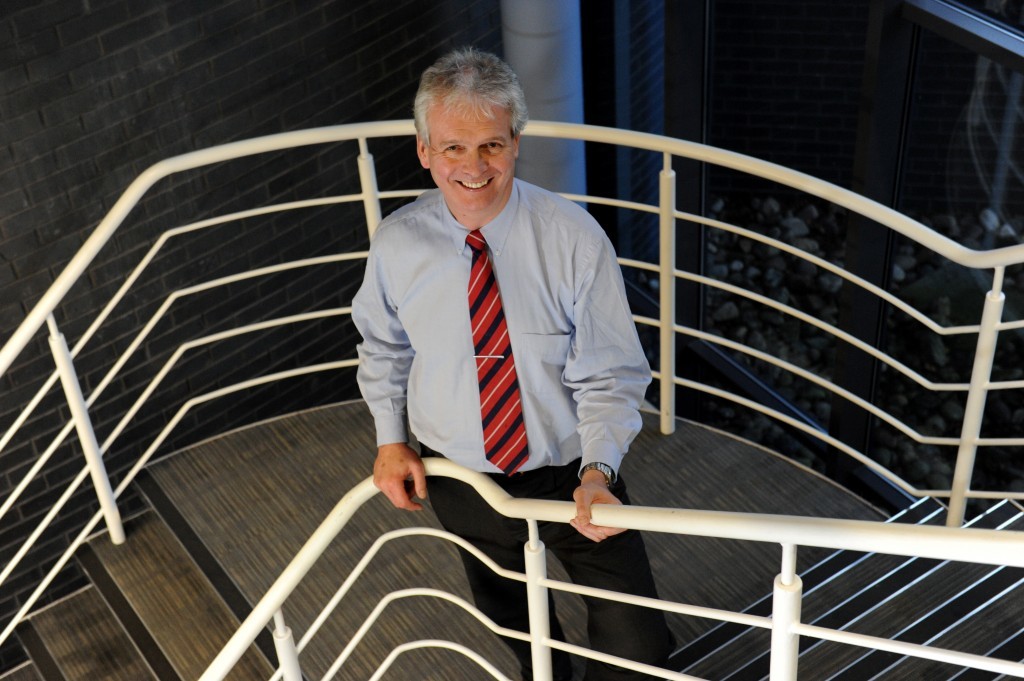
The head of the Oil and Gas Innovation Centre has said the challenge of getting technology into oil field remains a huge challenge, despite the benefits innovative products and techniques could offer the cash strapped industry.
Chief executive Ian Phillips said an industry that sees itself as innovative, nimble and willing to take risks is, in fact, reluctant to invest in new technology and slow to implement it.
“The hard numbers say that we spend 0.3% of our industry turnover on R&D. In comparison, the OECD average of all industry is 1.2% and at the top of the scale, the pharma industry spends 4% of turnover on research and development.”
“There is a huge amount of activity that goes on in universities, small companies and even large companies where ideas are being developed, technology is being developed.”
“Getting a technology from the stage where you’ve had the idea, you’ve got the concept, maybe done some lab work to prove it, and getting it into the field is a huge challenge,” said Phillips.
“Particularly in our industry, there is a huge separation between who takes what risk and who gets what reward.”
He believes that adoption of new technology has a key role to play in the drive towards Maximising Economic Recovery in the North Sea.
Phillips cited Apple’s iPhone, perhaps the most iconic consumer product of the last decade, as an illustration of how a basic product is refined, enhanced and improved at a rapid pace.
“The iPhone has been around for less than 10 years and is already on version 10. I acknowledge this is a consumer product, but the point is new generations of the same technology have come out very rapidly.”
He contrasts this with the oil and gas sector, pointing to the slow uptake of horizontal well technology, which was developed in the 1920s but didn’t receive widespread take up until the 1980s. By 2012 63% of US wells were horizontal.
“This feels to me like this a technology that is long-established and well proven but still take up has been desperately slow.”
“The question is, who should take the technology risk? The developer, the service provider or the oil company?”
The automotive and aerospace sectors have managed to engage with government and get it to carry some of the risk.
Technology research councils in the UK spend around £3billion funding research mostly at universities. The Scottish Funding Council also supports project and there is also a small amount of commercial money spent.
Organisations such as OGIC focuses on engaging with Universities to help solve technology challenges and helping to fund. In Scotland, Scottish Enterprise and Highlands and Island Enterprise also provide support.
The new initiative coming to Aberdeen will make a significant difference, Phillips believes.
The Oil and Gas Technology Centre has been developed with and is supported by industry stakeholders including the Oil & Gas Authority (OGA), Oil & Gas UK (OGUK), the Technology Leadership Board (TLB), Opportunity North East (ONE), Scottish Enterprise, the University of Aberdeen and Robert Gordon University. The Industry Technology Facilitator (ITF) and Oil and Gas Innovation Centre (OGIC) will also have a role to play in supporting OGTC activities.
Phillips said more straightforward standardisation would also help make it easier to get products to market.
Recommended for you
